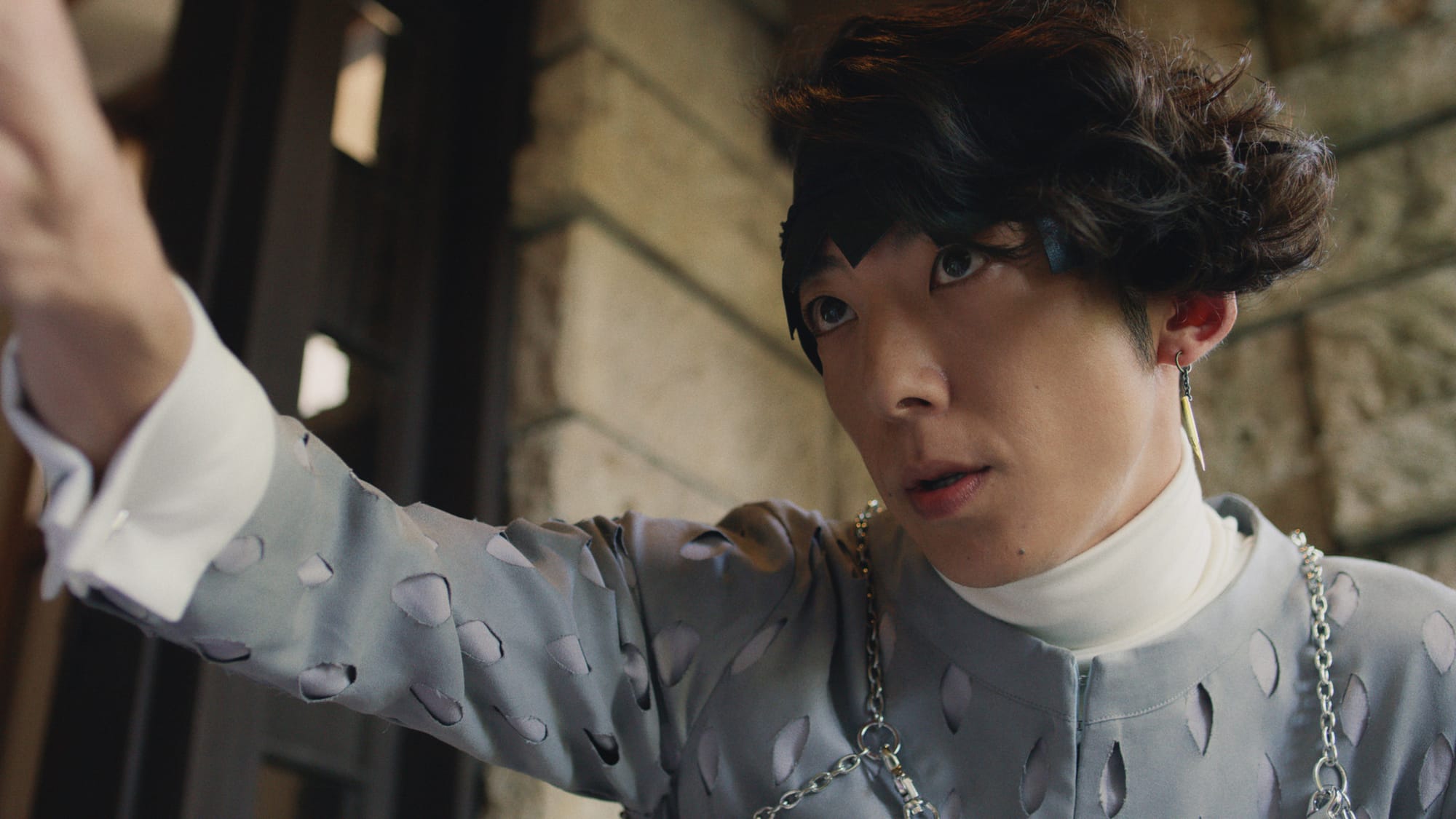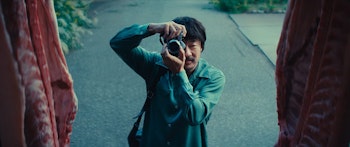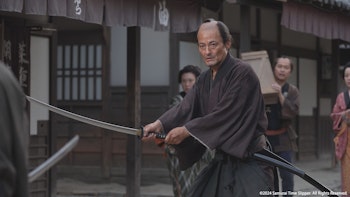
We all know JoJo’s Bizarre Adventure as the larger-than-life battle shonen manga and anime augmented by Stands and the supernatural abilities they empower their users with in a multigenerational conflict surrounding the Joestar family, but this is far from the only experience or story to be told within this universe. Between various spinoffs and one shots the world and the ways in which Stands can be used beyond conflict have grown, none more than the mystery-driven stories of Thus Spoke Rohan Kishibe.
Recently this sub-series within the JoJo franchise has itself grown into a multimedia franchise of its own right, the original stories spawning a broader range of adaptations via light novels, animation and live-action drama and film. Within these adaptations have been chances to go beyond the side stories of Hirohiko Araki to put their own spin on this unique idea. Of these, NHK’s work bringing the series to live-action and Issei Takahashi’s embodiment of Rohan exhibit this story in its most ideal form, making the recent news of its upcoming second live-action film all the more exciting.
While Netflix worked on a narrow focus of bringing the exact art-style and pacing of the manga pages into a more literal interpretation of these stories on screen is certainly entertaining, it’s hard not to feel there’s a missed opportunity in watching events unfold in animation. Without discredit to the animation team who brought it to life, to simply tell the same story as-is without understanding how the medium of animation can enhance these stories brings a still-satisfying but ultimately unnecessary feeling to the existence of these episodes. Especially since they lack the kinetic thrill of the mainline series, by design.
In an ironic sense, Araki’s striking art style is in some ways an impediment on the story he wishes to tell in manga and animation. While certainly striking and a joy to read, once the focus moves from the Joestar family lineage to give Rohan a leading role his personality can at-times feel at odds with the extravagance of his art. Whether he narrates events or takes an active role, the story of the series is paced like an unraveling mystery, with Rohan using his Heavens Door Stand powers to peer into the minds of others like a book to learn their inner truth.
He’s a mangaka, using it to seek realism in his art as he himself is more of an inquisitive mind seeking the world’s secrets than some larger-than-life fighter. The reality of live-action in turn feels right at home as a result, particularly with the portrayal of Rohan by Takahashi, giving the character a sense of distance as a man who has seen too much yet must continue diving deeper into the souls of others in order to survive. With a plan to adapt multiple stories as a continuous narrative, also, changes were made to suit the medium, such as making Rohan’s editor Kyoka Izumi a recurring character in all episodes as opposed to an occasional role.
It was a big success too, not only in TV ratings but at the box office. Rohan au Louvre was the third story produced by Araki and the most expansive to date, weaving its tale across three monthly chapters in the pages of Ultra Jump in 2010. Rather than condensing this longer mystery into a single episode the team made it into a film, shooting on location at the Louvre in Paris. The final film topped the box office upon release, eventually earning over 1 billion yen by the end of its run.
This isn’t to say the adaptation is perfect. Particularly in Rohan au Louvre, pacing can feel dogged even while feeling otherwise enthralled by its strong visual identity and incredible embodiment of the titular role by Takahashi. Yet even considering this issue, the result is a TV drama and film that feels distinct and unique, enjoyable no matter your familiarity with the series it spawned from. Which should be the ultimate goal of any adaptation: to expand the audience, and create a distinct experience that gives it a reason to exist as its own distinct piece of media.
Amidst all this, one key story has yet to be adapted until now: The Confessional. This was the first ever one-shot spin-off in the Thus Spoke Kishibe Rohan series, a story which for a decade would be the only story in the series before making more regular appearances in the pages of various Shueisha publications since 2007. Rohan is more of an observer in this tale, overhearing the story in a confessional in Italy about a gruesome incident that occurred 25 years prior.
It can be easy to understand, without Rohan’s direct involvement in events as he merely overhears a story from the past, why this particular one-shot has not been adapted within live-action. Who knows, maybe this new adaptation will make changes to ensure he is more involved in the events which unfold. In any case, come May 23rd, it’s hard not to be optimistic for what should at least be a visually-arresting and well-acted adaptation that does justice to Araki’s work.










